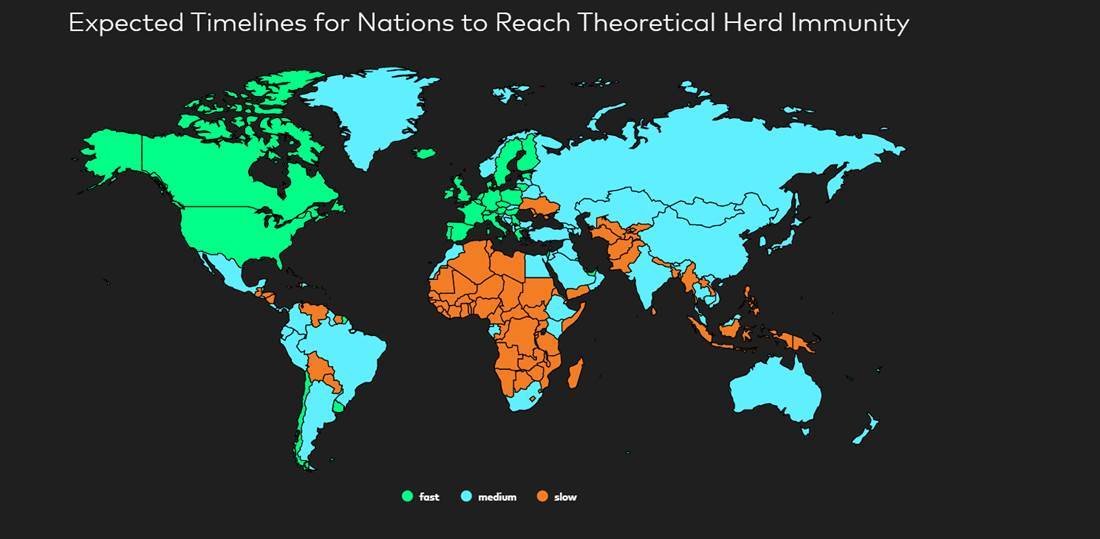Making Money With Fiverr – 3 Tips
In today’s “gig economy”, Fiverr has quickly risen to become one of the more pronounced opportunities for young people.
Its ease of use, massive audience and large pool of highly talented providers has made it a go-to solution for entrepreneurs of all capabilities, allowing people to make everything from a decent side living to massive full-time incomes from it.
To this end, if you’ve heard about Fiverr, or are looking into ways it could potentially help you make the most of your time and skills – it is certainly an opportunity worth looking into. This tutorial is going to explain what Fiverr actually is, how it works and what it means for work providers around the world.
Founded in 2012, Fiverr has grown to over 3 million listings, with its headquarters in Tel Aviv, Israel. The company’s name derives from the starting price of each of its listings ($5) – although a common misconception is that this is the “only” price you can list your services for. The reality is that you can list services for prices up to $1,500+. The $5 price is just a token starting fee.
The way the system is to provide “providers” with the ability to list their services as “gigs”. In these gigs, the providers promise to perform tasks, ranging from the likes of digital marketing to creative writing for a nominal fee.
The customer will pay the provider, the money being held by Fiverr until the job is completed. The provider then has a particular amount of time to provide the customer with their work. The customer can then request revisions, or simply provide a “star” rating for the service they received.
The most important thing to remember about Fiverr’s business model is that it’s short and sharp. People go there for “simple” jobs, and generally won’t pay for anything that’s too ambitious. Whilst it started out as a simple way to make quick money as a struggling student, it quickly grew into the huge platform we see today.
Some of the most popular services that are purchased on Fiverr are copywriting & creative / article writing. People want native English writers to make “perfect” copy for their product listings, websites and general business portfolios. Providing these services on the platform gives you a direct way to earn an extra couple-hundred dollars with relatively little outlay.
If you’re interested in how it works, there are 3 tips you can use to get ahead on the platform.
-
- Be Personal
The most important thing (for long term growth) is to be personal. Using your face, credentials and real portfolio is one of the most important ways to get making progress on the site. Whilst you can make progress being anonymous – or hiding behind a company name – it’s by far a better option to ensure that you are investing into yourself. Some of the most prolific sellers on the site are people who just put up their credentials and offered a service.
- Be Personal
-
- Sell What You Know
Rather than trying to copy what other people are doing, sell what *you* know. This make take several attempts to get a gig that people will actively seek out (for example, my friend was a finance guy and I set up a Fiverr gig for him to sell “cryptocurrency” articles – the orders started coming in quite quickly). The most important thing to say with this is that if you’re trying to “fit in”, you’ll basically end up chasing work that isn’t really your forte. Instead, you really need to put your own best foot forward in a creative way (so that people seek you out).
- Sell What You Know
- Always Experiment / Test
Finally, you need to keep trying out new gigs, new ways of promoting your work and new ways of portraying what you’ve done before. There’s no point stagnating because it just ends up with you wasting time and not getting anywhere.
The most important thing to remember is that you can either sell what everyone is buying (which typically leads to short term success). If you have an actual skill, you can use the Fiverr opportunity to provide yourself with the ability to enhance your underlying brand.
Source by Richard Peck




